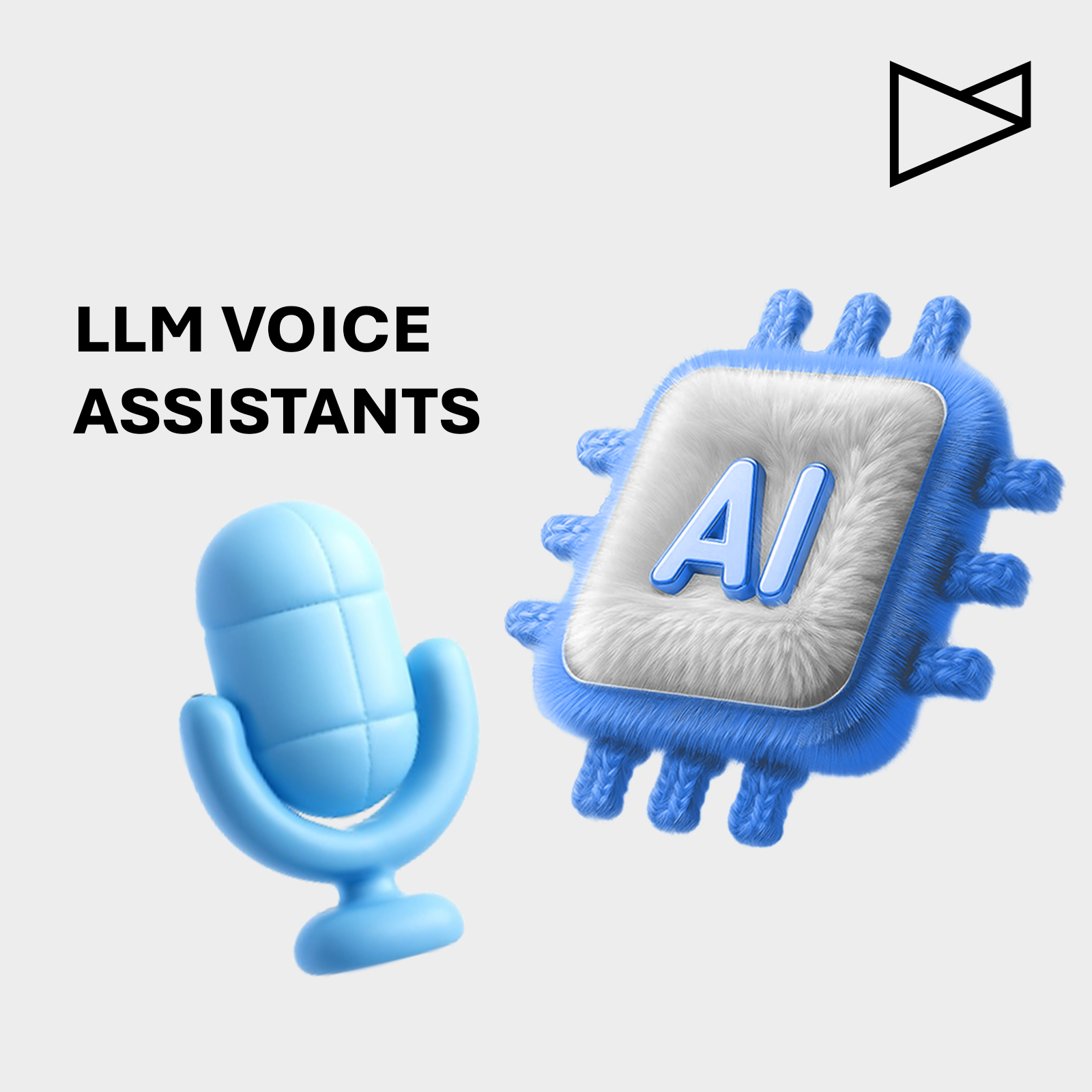Apple, OpenAI, Anthropic PBC & Siri: Why Everything Is Changing Now

A major shift is underway that will revolutionize digital communication: According to the global finance, software, data, and media business Bloomberg, Apple is currently exploring whether they should integrate advanced AI models OpenAI or Anthropic PBC into the newest version of their voice assistant Siri. This move could transform the voice assistant from a simple tool into an interactive, LLM-based interface for millions of users worldwide (Bloomberg, 2025).
The integration of Large Language Models (LLMs) will fundamentally change how voice assistants work today and mark the beginning of a new era in Conversational UX.
For brands, the question now is: What does this development mean for digital communication, search behavior, and customer experience? How should companies prepare for this new interface era, where semantic queries and contextual relevance matter more than ever?
LLMs as the New Interface
Over the past decades, the way we interact with devices and services has largely been shaped by graphical user interfaces and simple voice-based commands. But with the introduction of LLMs into voice assistants, the user experience will progressively change. Instead of delivering only basic, static responses to commands, voice assistants will conduct more complex, context-dependent conversations that address the individual needs of users.
Why is this important?
This will make Conversational UX the new standard for interacting with digital content, services, and brands. For businesses, this means they need to find new ways to present their offerings and engage with their customers in a more natural, dynamic, and intelligent manner.
Voice assistants will soon not only serve as information sources but as active interfaces for services – from E-commerce to customer support.
Voice Becomes Semantic – And This Changes Search Behavior
“Hey Siri, which detergent is sustainable?”
This question goes far beyond traditional keyword search. With the integration of LLMs into voice assistants, search queries will increasingly become context-based and semantic. The voice assistant will not only search for keywords but deliver meaningful answers that recognize the underlying intention of users.
For brands, this means:
Content needs to be focused not only on individual keywords but also on semantic relevance and contextualization, to meet the new requirements. Traditional SEO optimization is no longer enough to ensure that content is understood and delivered correctly by voice assistants. Content must be clear, precise, and targeted, ensuring it is highlighted in the right way by the assistants.
This requires evolving content strategies to meet the needs of this new semantic understanding.
LLMs as Content Curators
In traditional web search, search engines are the gatekeepers of the internet. They crawl millions of webpages and present the most relevant results in a list. However, with the introduction of LLMs as the backend for voice assistants, this dynamic changes. Instead of users browsing through a list of results, LLMs will curate, prioritize, and output content based on users' semantic needs.
For brands, this presents a new challenge:
Content must be prompt-ready and structured so that it can be easily and logically processed. LLMs require information that is quickly and efficiently processed to deliver relevant and helpful answers to users.
Timeliness is also crucial: To ensure content is relevant in voice assistant responses, brands need to ensure their data is always up-to-date.
Voice Assistants as API Frontends for Services and Commerce
The integration of LLMs into voice assistants opens new opportunities for brands to directly integrate into E-commerce processes and service requests. A user asks for a product, and the voice assistant could not only provide an answer but also complete the purchase or order directly.
For businesses, this means:
They need to align their systems API-first. This requires a structured data foundation that enables voice assistants to make critical, real-time decisions. Fast loading times, clear call-to-actions, and seamless integration into existing systems are essential to effectively leverage this new, voice-driven commerce channel.
Brand Voice Becomes the Real Voice
As voice assistants like Siri or Alexa start to deliver content from brands, the brand voice – both in text and speech – will play an even more important role. Tonality, trust, and authenticity will be the key elements that differentiate a brand from its competitors. Voice interactions are much more personal and intimate than written queries, and how a brand speaks can have a significant impact on how it is perceived.
For brands, this means:
Brands need to define their brand identity not only in written form but also in their spoken Brand Voice. Consistency in language that is both authentic and trustworthy will be crucial for customer loyalty and success in this new voice interface era.
Now Is the Moment for LLM-Readiness
Voice assistants integrating LLMs will change the way people search, discover, and act. Brands that proactively embrace Conversational UX, prompt-ready content, and API-based infrastructure will be at the forefront of the new era of digital communication. LLM ecosystems offer brands the opportunity to create relationships with customers that are more intuitive, faster, and more efficient.
Our Recommendation:
Check now how ready your brand is for the LLM ecosystem. We support you in content strategy, tech-readiness, and UX design for the interface of the future.
👉 Let’s talk conversational future
Source:
Bloomberg. (2025, June 30). Apple weighs replacing Siri’s AI LLMs with Anthropic Claude or OpenAI ChatGPT.
Let’s Create Something Unique Together!
Explore how DAVIES MEYER can elevate your brand with our holistic digital marketing solutions.

Thank you for contacting us!
Did you know that ...
... Germany's OMR Festival, held annually in Hamburg, attracts thousands of digital marketing enthusiasts and industry professionals from around the world, making it one of the largest gatherings of its kind in Europe?